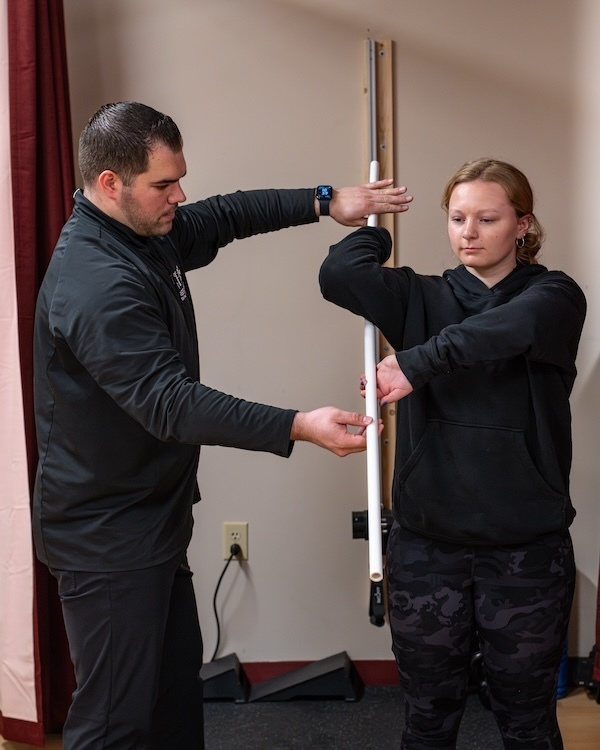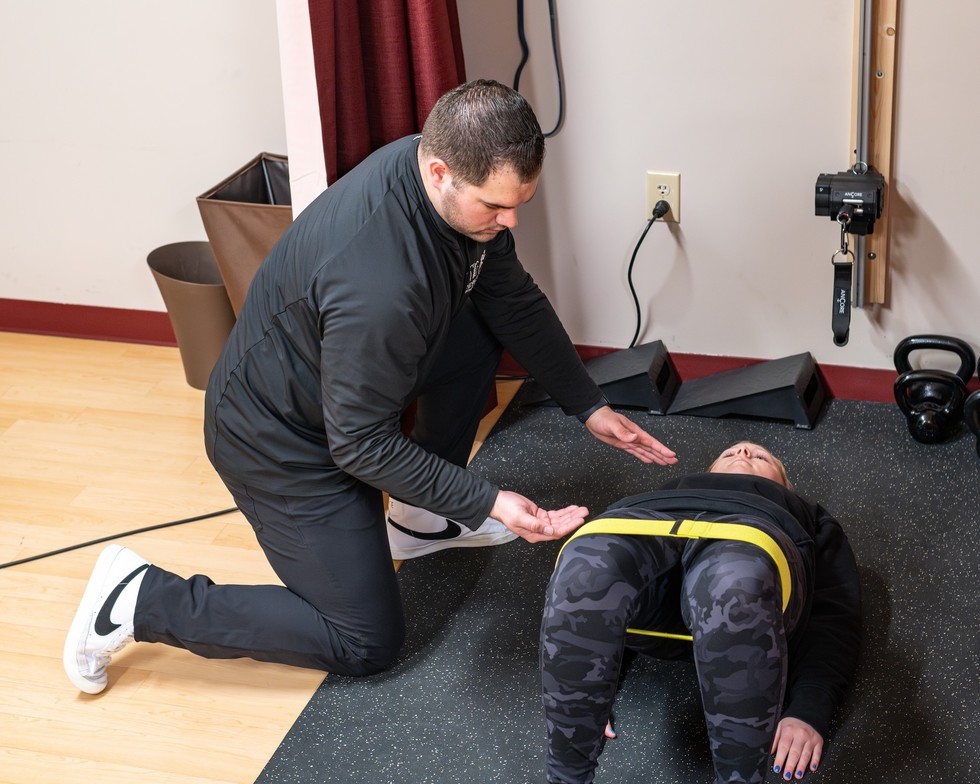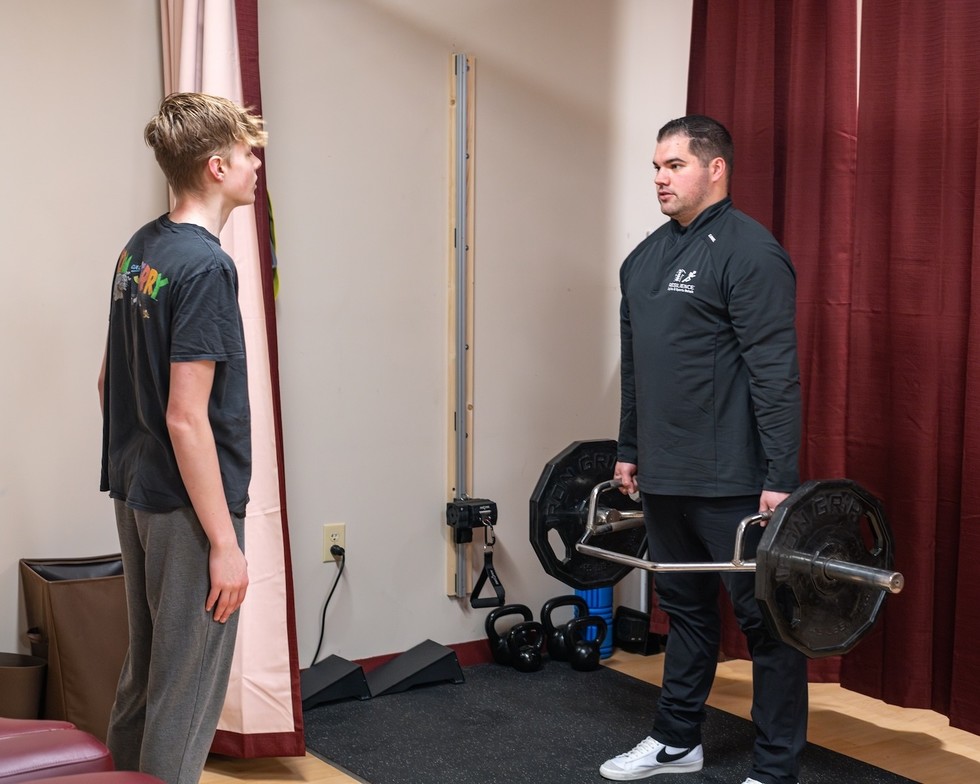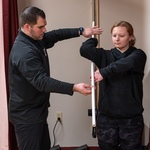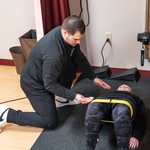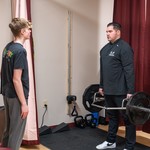Therapeutic Exercise, Reconditioning
One of our key services is physical rehabilitation, a multifaceted approach designed to restore function, reduce pain, and improve overall quality of life.
What is Physical Rehabilitation?
Physical rehabilitation involves a variety of therapeutic exercises and interventions tailored to address specific physical impairments and functional limitations. This holistic approach helps individuals recover from injuries, surgeries, or chronic conditions by focusing on restoring strength, flexibility, and mobility.
Benefits of Physical Rehabilitation
Recent research underscores the effectiveness of physical rehabilitation in treating a wide range of conditions:
-
Enhanced Recovery Post-Surgery: A study published in the British Journal of Sports Medicine found that structured rehabilitation programs significantly improve recovery outcomes for patients following orthopedic surgeries. Participants demonstrated quicker return to function and reduced pain levels .
-
Chronic Pain Management: Research in the journal Pain indicates that physical rehabilitation can effectively manage chronic pain conditions, such as osteoarthritis and fibromyalgia. Tailored exercise programs help reduce pain and improve physical function .
-
Improved Mobility: The Journal of Geriatric Physical Therapy reported that physical rehabilitation is particularly beneficial for older adults, enhancing mobility, balance, and reducing the risk of falls. This leads to greater independence and quality of life .
-
Enhanced Sports Performance: According to a study in the Journal of Orthopaedic & Sports Physical Therapy, athletes who engage in physical rehabilitation programs experience improved performance and reduced risk of sports-related injuries .
How Does It Work?
Physical rehabilitation encompasses a variety of techniques and exercises designed to:
- Strengthen Muscles: Targeted exercises help rebuild muscle strength and endurance, supporting overall physical function.
- Increase Flexibility: Stretching and mobilization techniques improve flexibility, reducing stiffness and enhancing movement.
- Promote Healing: Therapies such as ultrasound, electrical stimulation, and manual therapy accelerate the healing process of tissues.
- Enhance Coordination and Balance: Balance and coordination exercises help restore normal movement patterns and prevent future injuries.
What to Expect During Your Visit
During your visit to Resilience Spine & Sports Rehab, our doctor of chiropractic will:
- Conduct a comprehensive evaluation to understand your health history, current condition, and specific rehabilitation goals.
- Develop a personalized treatment plan that may include therapeutic exercises, manual therapy, and modalities such as ultrasound or electrical stimulation.
- Guide you through your exercises and therapies, ensuring proper technique and progression to maximize benefits.
Is Physical Rehabilitation Safe?
Physical rehabilitation is generally safe and effective when performed under the guidance of a doctor of chiropractic or other trained practitioner to which physical rehabilitation falls under their scope. Our team ensures that each exercise and intervention is tailored to your individual needs, minimizing risks and enhancing outcomes.
Physical rehabilitation is an effective approach for restoring function, reducing pain, improving overall quality of life, and a great adjunctive therapy to manipulation that allows us to set ourselves apart from other chiropractic offices within the area. At Resilience Spine & Sports Rehab, we use this "tool" to help our patients achieve their health and wellness goals. Whether recovering from an injury, surgery, or managing a chronic condition, our personalized rehabilitation programs can support your journey to better health.
References
-
Grinsven, S. van, et al. (2010). Evidence-based rehabilitation following anterior cruciate ligament reconstruction. British Journal of Sports Medicine, 44(12), 965-981. doi:10.1136/bjsm.2010.076497.
-
Bennell, K. L., & Hinman, R. S. (2011). A review of the clinical evidence for exercise in osteoarthritis of the hip and knee. Pain, 152(3), S26-S32. doi:10.1016/j.pain.2010.11.020.
-
Sherrington, C., et al. (2011). Exercise to prevent falls in older adults: an updated meta-analysis and best practice recommendations. Journal of Geriatric Physical Therapy, 34(1), 36-50. doi:10.1519/JPT.0b013e3181e0e5f1.
-
Myer, G. D., et al. (2006). Differential effects of plyometric versus dynamic stabilization and balance training on measures of power, strength, and balance in male athletes. Journal of Orthopaedic & Sports Physical Therapy, 36(3), 154-168. doi:10.2519/jospt.2006.36.3.154.
